Data Annotation is the process of labelling the training data sets, which can be images, videos or audios. Needless to say, AI Annotation is of paramount importance to Machine Learning (ML), as ML algorithms need (quality) annotated data to process.
In our AI training projects, we use different types of annotation. Choosing what type(s) to use mainly depends on what kind of data and annotation tools you are working on.
Bounding Box: As you can guess, the target object will be framed by a rectangular box. The data labelled by using bounding boxes are used in various industries, and most used in automotive vehicle, security and e-Commerce industries.
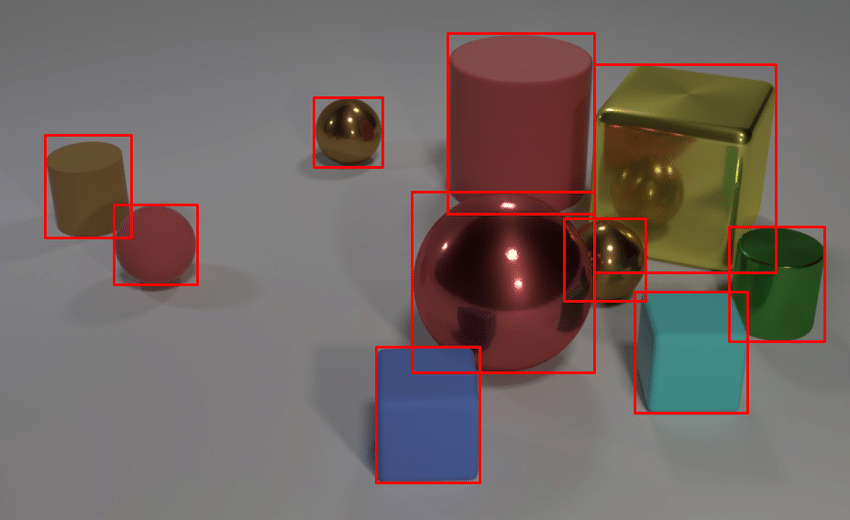
Polygon: When it comes to irregular shapes like human bodies, logos or street signs, to have more precise outcome, Polygons should be your choice. The boundaries drawn around the objects can give an exact idea about the shape and size, which can help the machine make better predictions.

Polyline: Polylines usually serve as a solution to reduce the weakness of bounding boxes, which usually contain unnecessary space. It is mainly used to annotate lanes on road images.
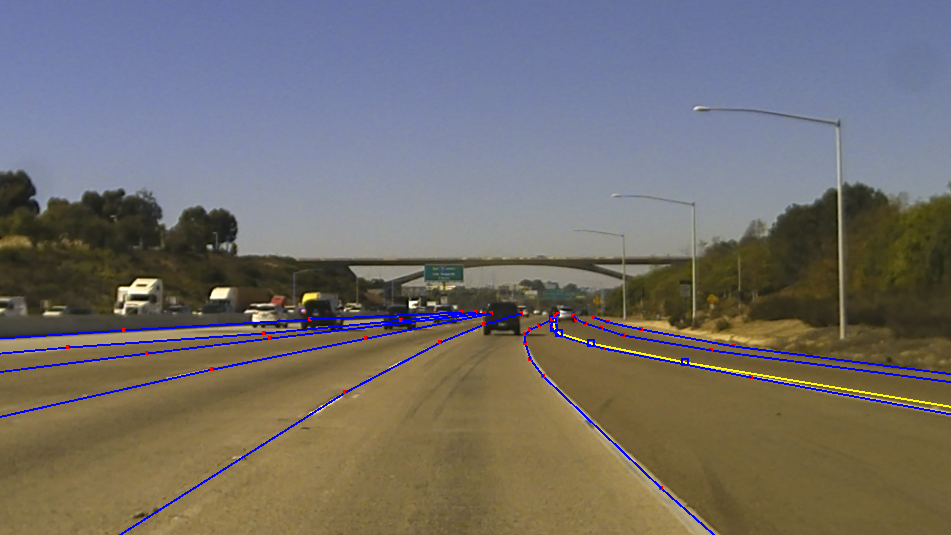
3D Cuboids: The 3D Cuboids are utilized to measure the volume of objects which can be vehicles, buildings or furniture.
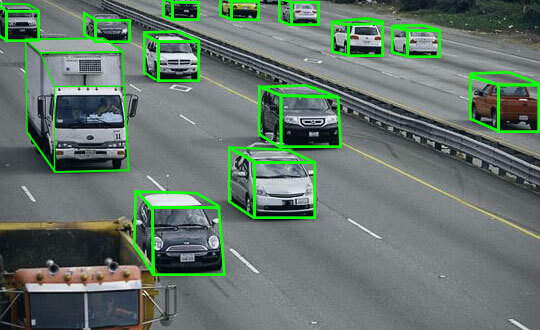
Segmentation: Segmentation is similar to polygons but more complicated. While polygons just choose some objects of interest, with segmentation, layers of alike objects are labeled until every pixel of the picture is done, which leads to better results of detection.
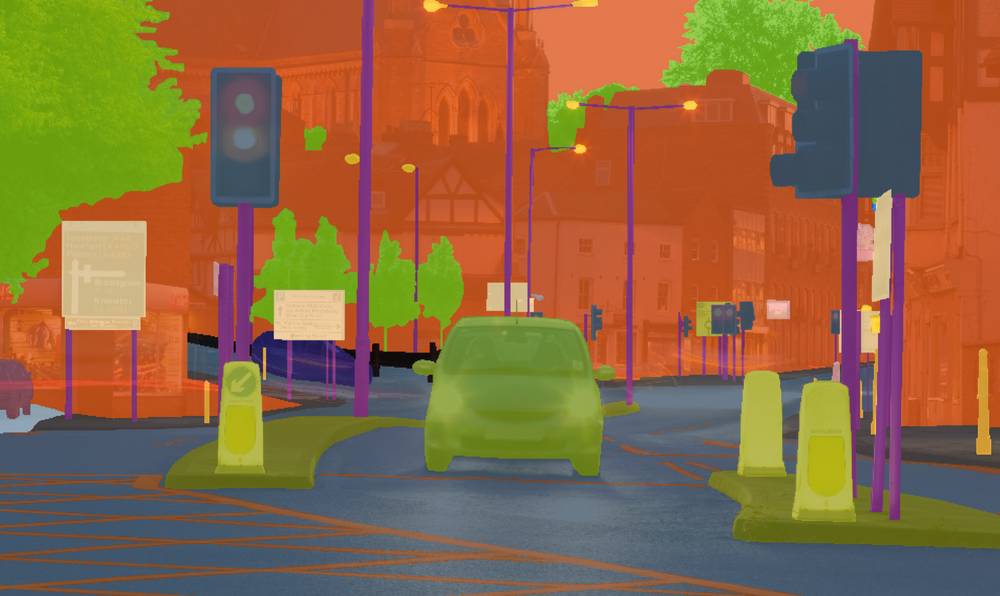
Landmark: Landmark annotation comes in handy for facial and emotional recognition, human pose estimation and body detection. The applications using data labeled by landmark can indicate the density of the target object within a specific scene.
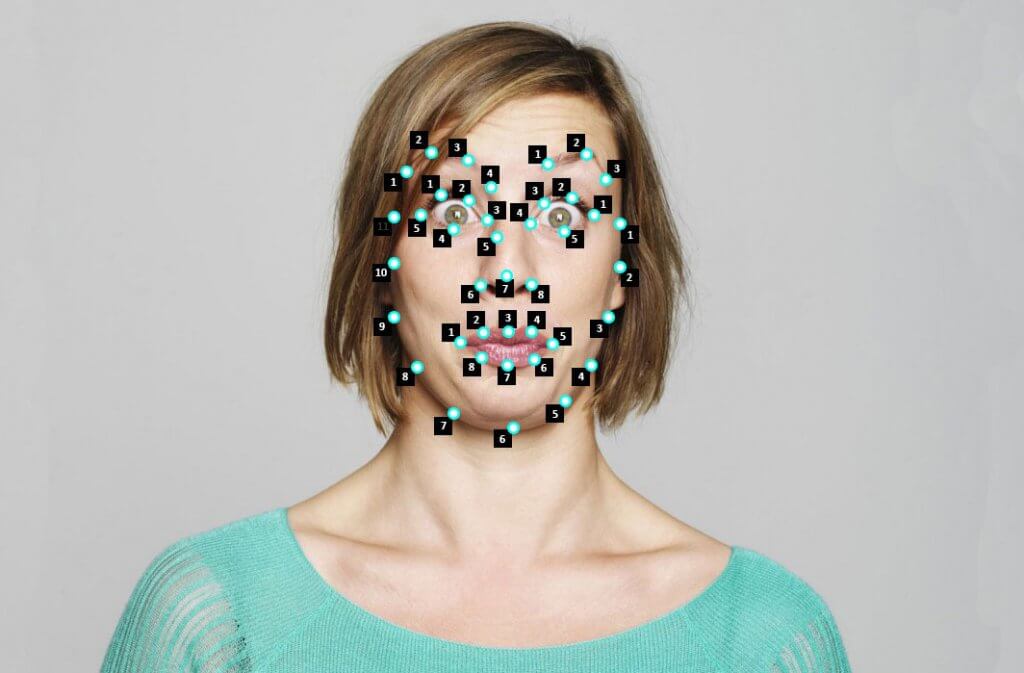
If you have any difficulties in data collecting or data annotation for your projects, feel free to reach out to us!


